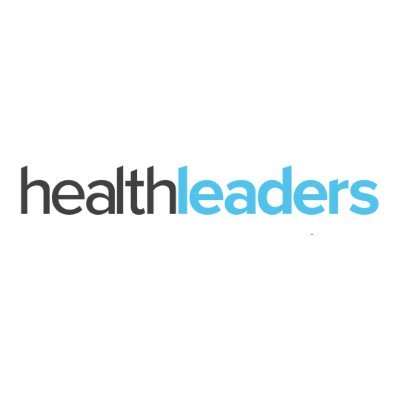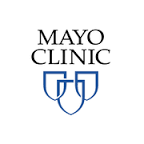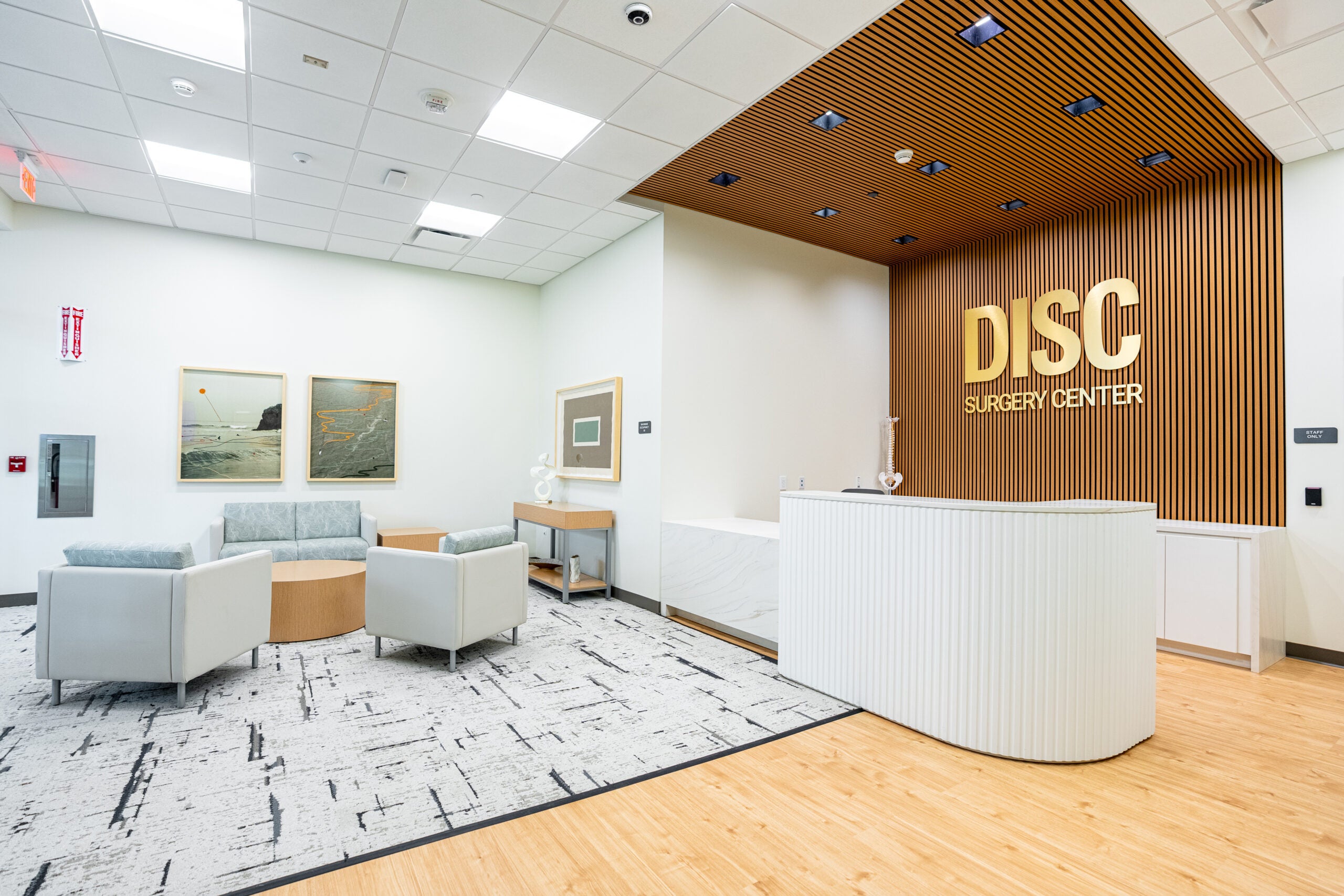How to improve outpatient first case starts
Editor's Note Improving first case on-time starts (FCOTS) in an ambulatory surgery center (ASC) can improve overall efficiency. When the first case of the day starts on-time, it leads to a cascading effect that can prevent cancellations, improve patient satisfaction, and reduce stress for perioperative staff. It can also make…
Ambient AI reshapes nursing workflows and boosts patient interaction

Editor's Note Healthcare systems are finding that ambient AI built for doctors does not automatically translate to nursing care, HealthLeaders November 4 reports. However, Mercy for instance is piloting Microsoft’s Dragon Copilot AI for nursing and discovering that the nurse-patient encounter requires tailored design and training to capture accurate, useful…
Session: Automate to elevate—Streamlining pre-, postoperative processes for better outcomes in ASCs

Editor's Note Pairing short, human-led preoperative videos with structured postoperative texting streamlines workflows without sacrificing clinical touch at ambulatory surgery centers (ASCs), said Austin Cheng, CEO of Gramercy Surgery Center in New York City, and Tracy Hoeft-Hoffman, MSN, MBA, RN, CASC, administrator of Heartland Surgery Center in Nebraska, at the…
New patient tool for seeking quality care includes surgery

Editor's Note Mayo Clinic has released a free, digital tool requiring no account or subscription that allows anyone to investigate healthcare quality by city, care specialty, or hospital, an October 30 press release from the health system reports. The tool includes search capability for a range of specific surgical specialties,…
Advances in ambient AI bring precision to OR performance

Pinpoint accuracy in surgical technique has advanced beyond what many ever thought possible. Unfortunately, such refinements have been slower to reach the perioperative business front. OR leaders often rely on vague metrics and educated guesses to guide their teams. Ambient artificial intelligence (AI) is changing that. When integrated with data…
Session: Keep calm and recover—Essential service recovery tools for new OR leaders
Editor's Note Transparent communication, humility, and swift action are essential for effective service recovery in perioperative services, said Leiran Cornish, MBA-HM, BSN, RN, director of nursing, Dartmouth Health Outpatient Surgery Center, and Patrel Nobles, MSN, RN, NE-BC, CNOR, system senior director, surgical services, Valley Health. Their session explored how nurse…
New NIH-backed trial targets advance care planning for older surgical patients

Editor's Note Fewer than one in ten older adults undergoing major elective surgery complete advance care planning (ACP), but a new multisite randomized trial aims to change that. According to a September 23 article published by BMJ Open, the study design for the I CAN DO Surgical ACP trial has…
AORN: Periop patient ambassadors transform communication, outcomes in surgical care

Editor's Note Hospitals adopting perioperative patient ambassadors are seeing major gains in surgical communication, patient trust, and satisfaction, AORN August 18 reports. An EIN Presswire release on September 30 also highlights AORN’s call for hospitals to formalize the patient ambassador role as part of the surgical team. AORN notes that…
Sports medicine procedures cost far less in ASCs than HOPDs

Editor's Note Sports medicine surgical procedures for Medicare patients cost significantly less in ambulatory surgery centers (ASCs) compared with hospital outpatient departments (HOPDs), according to a study published by the Orthopaedic Journal of Sports Medicine on August 29. Researchers analyzed Medicare Procedure Price Lookup data for 62 commonly billed outpatient…
Optimizing vendor partnerships for cost containment, growth in ASCs: OR Manager Conference Session Preview

Growth is the goal in any ASC—growth in volume, growth in profits, and often growth to new locations. For DISC Surgery Centers, which just opened its sixth ambulatory surgery center (ASC) through parent company TriasMD, that growth has been the result of many factors. A key driver, according to Frank…

 Free Daily News
Free Daily News